Borzoi
Russian Wolfhound
 akc
akc ankc
ankc ckc
ckc fci
fci nzkc
nzkc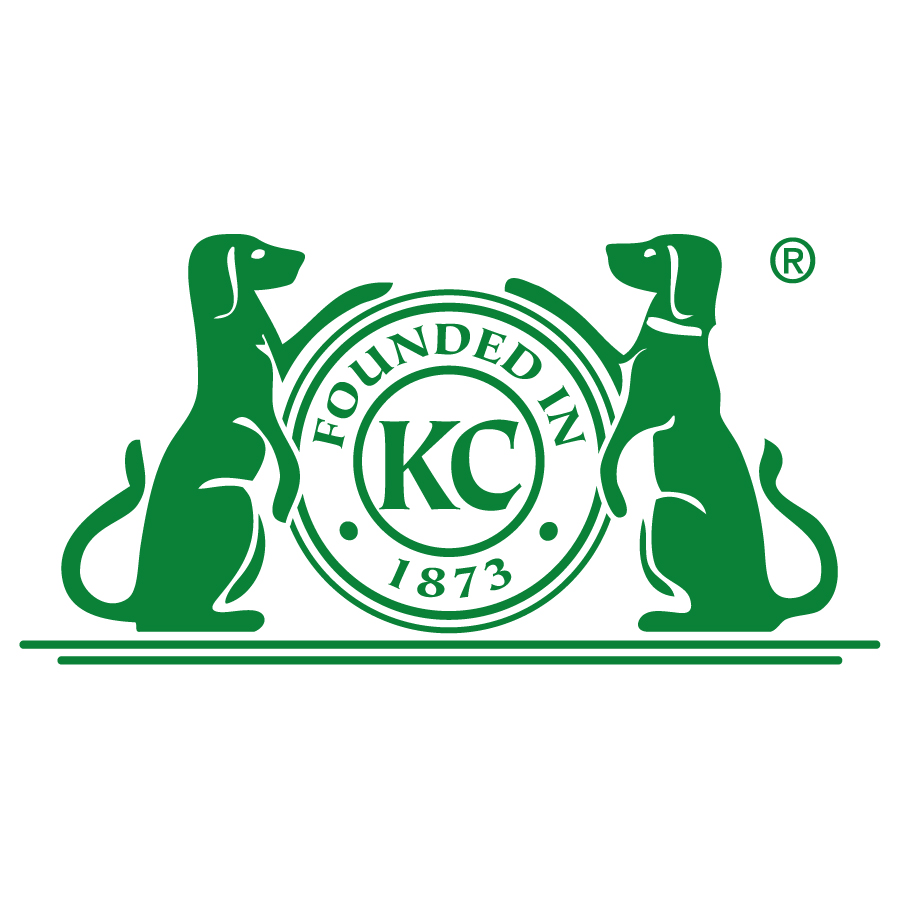 rkc
rkc ukc
ukc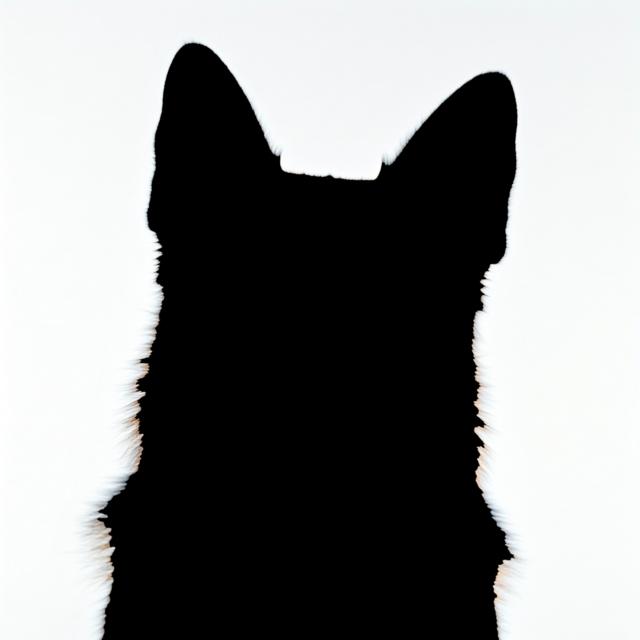
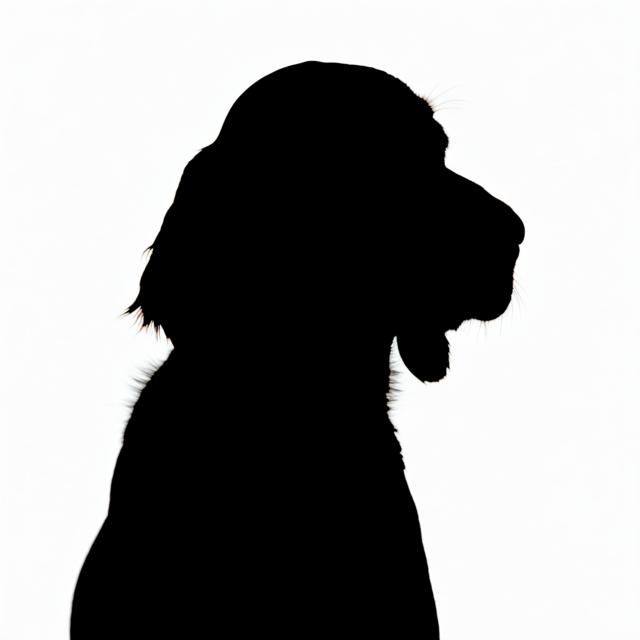
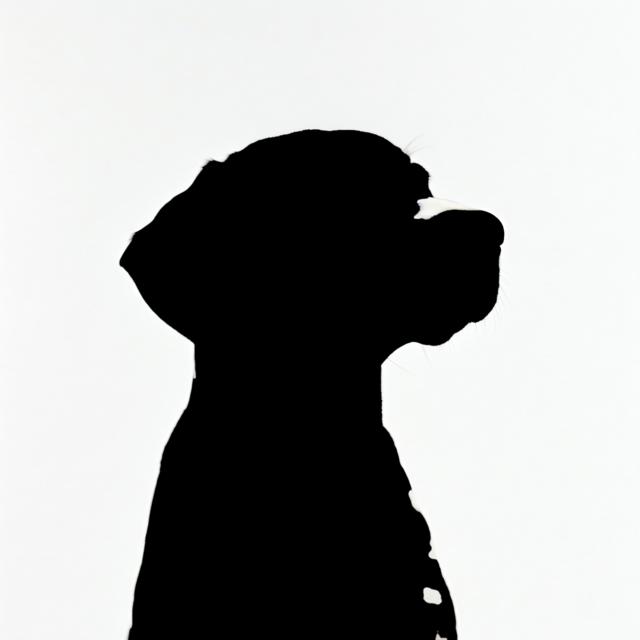
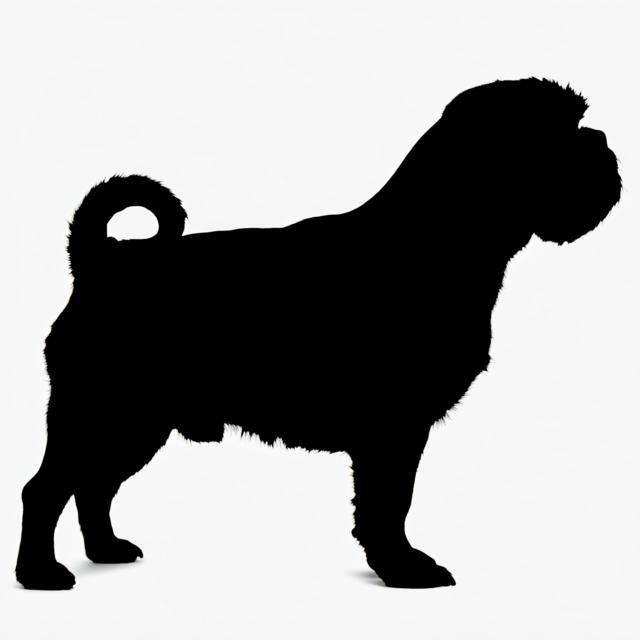
Summary
- The Borzoi, also known as the Russian Wolfhound, is a large, elegant sighthound breed originally developed for hunting wolves. They are known for their gentle temperament, loyalty to family, and need for regular exercise.
Origin and Purpose
- Developed in Russia for hunting wolves and other game
- Favored by Russian aristocracy for coursing hunts
Appearance
Dimensions
| Gender | Height | Weight |
|---|---|---|
| Female | 26-30 inches (66-76 cm) | 60-90 pounds (27-41 kg) |
| Male | 28-32 inches (70-82 cm) | 75-105 pounds (34-48 kg) |
Coat
| Attribute | Notes |
|---|---|
| Color |
|
| Type |
|
| Length |
|
Care
| Attribute | Notes |
|---|---|
| Shedding |
|
| Grooming |
|
| Drooling |
|
Body
| Attribute | Notes |
|---|---|
| Head |
|
| Skull |
|
| Ears |
|
| Eyes |
|
| Nose |
|
| Muzzle |
|
| Teeth |
|
| Neck |
|
| Forequarters |
|
| Fore Legs |
|
| Hindquarters |
|
| Hind Legs |
|
| Feet |
|
| Tail |
|
| Gait |
|
Temperament
- Independent
- gentle
- loyal
- sensitive
- dignified
- reserved with strangers
Social
| Attribute | Notes |
|---|---|
| Affectionate with Family |
|
| Good with Children |
|
| Good with Dogs |
|
| Good with Cats |
|
| Openness to Strangers |
|
| Playfulness Level |
|
| Protective Nature |
|
| Adaptability Level |
|
Working Roles
- Coursing
- lure coursing
- hunting
- therapy
- companionship
Exercise Needs
- Requires regular exercise, such as long walks or runs
- needs opportunities to sprint
Health
- Generally healthy
- prone to bloat, hip dysplasia, progressive retinal atrophy and other genetic issues
Additional Notes
- Known for their elegance and speed
- require consistent and patient training
- sensitive and may not respond well to harsh training methods